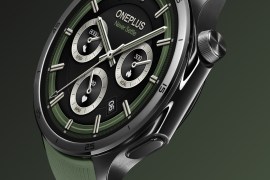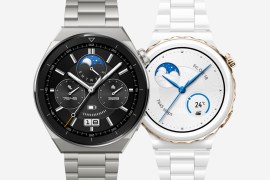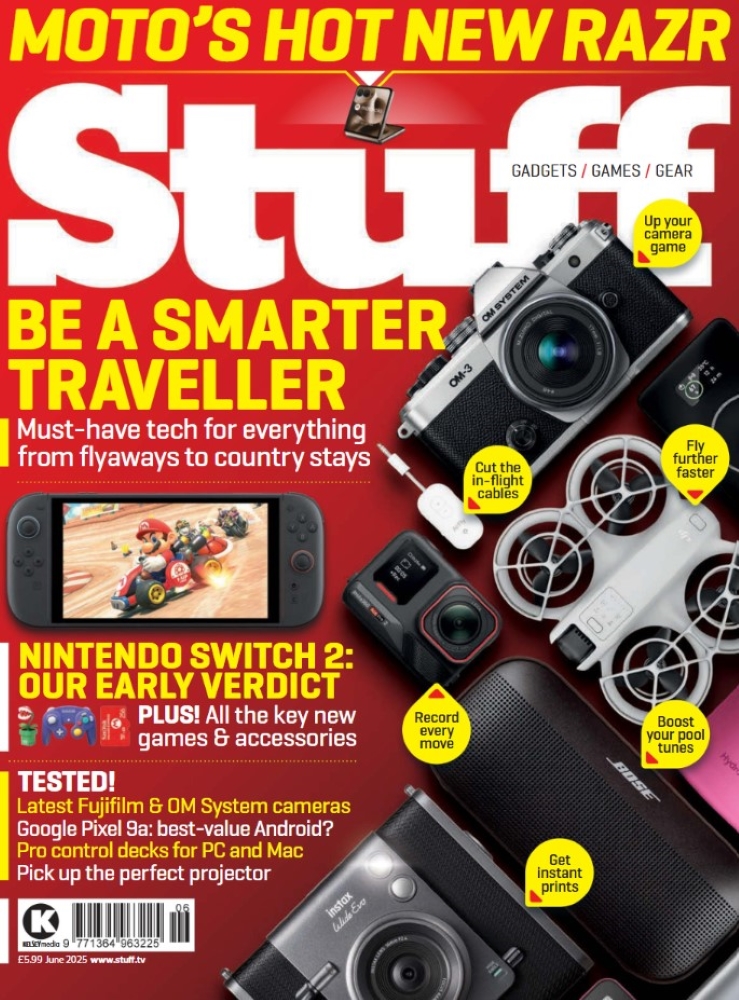I went inside the secret China lab that’ll make your next wearable more accurate
Get sweat, go: the science behind OnePlus' wearable success

Wearable tech has come a long way in a relatively short space of time. Two decades ago, recording your heart rate meant being wired up to an ECG machine, or wearing a chest strap 24/7. Now your smartwatch can do it with a tap – and throws in step count, blood oxygen levels and a sleep report for good measure. Today’s fitness trackers are stuffed full of sensors and can accurately chart hundreds of different sports, activities, and exercises.
Those sensors don’t do much by themselves, though. It takes a small army of doctors, analysts and software engineers to translate their readings into data the average gym-goer can understand. Oh, and a Health Lab stuffed with fitness equipment, for gathering all the data in the first place – like the one OnePlus officially opened in early 2025, and invited me to see first-hand ahead of the OnePlus Watch 3 going on sale.
The 4,840m² facility has been in the works at the firm’s Guangdong, China HQ (shared with parent company Oppo) since 2023. Things have moved at a lightning pace since, at least internally. Director of Data Technology Dr. Yelei Li told me getting clinical approvals for features like the ECG took over a year. Not that the various teams were short on things to do in the meantime.
The entire ground floor of the Health Lab is a shrine to sweat. The open-plan layout is split between different sports and activities, and surrounded by a running track. It has the weights and benchpress to make a strongman jealous; a floor-to-ceiling climbing wall; badminton and basketball courts; a golf simulator; and plenty of cardio kit including treadmills, rowing machines and exercise bikes.
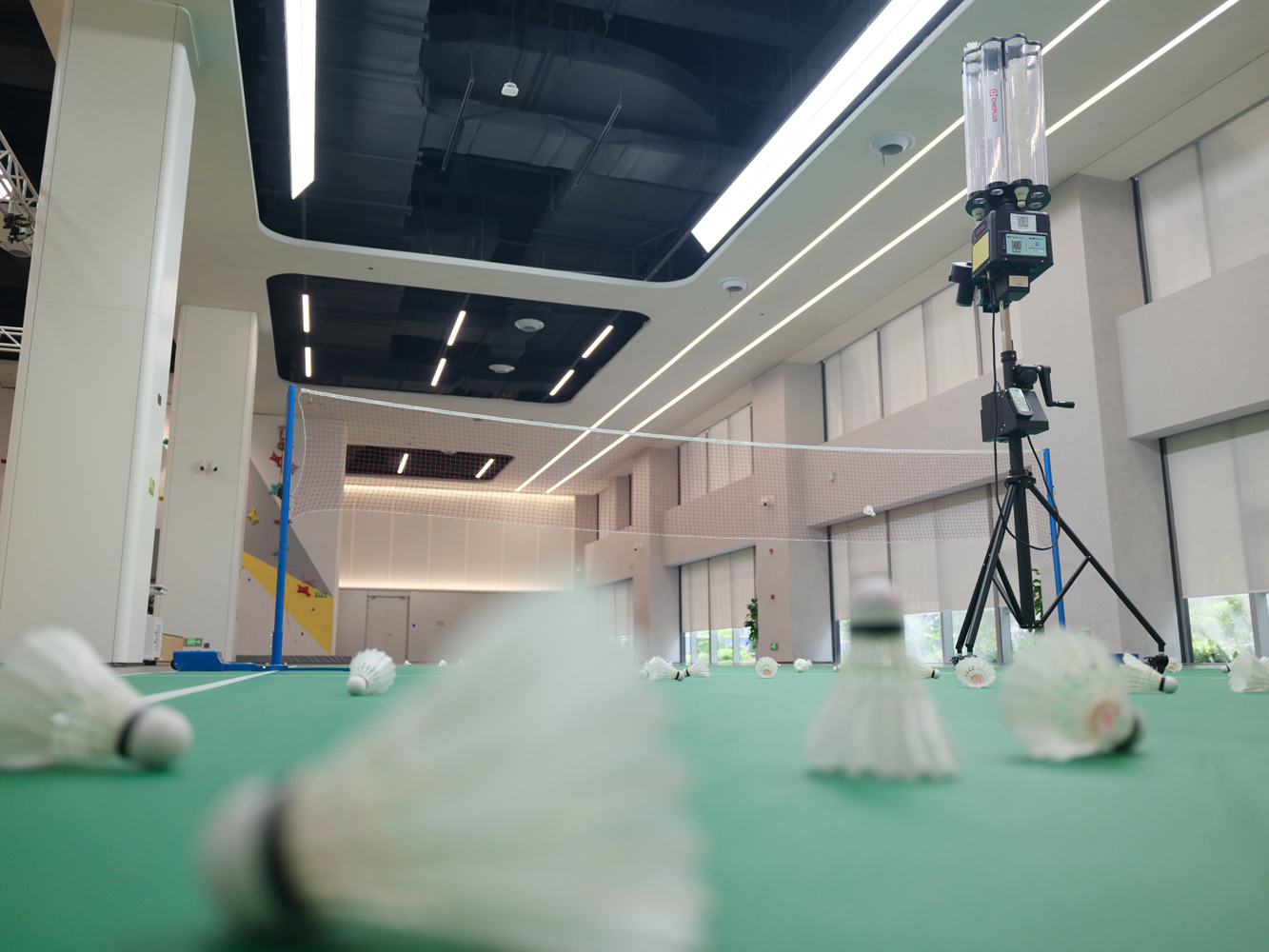
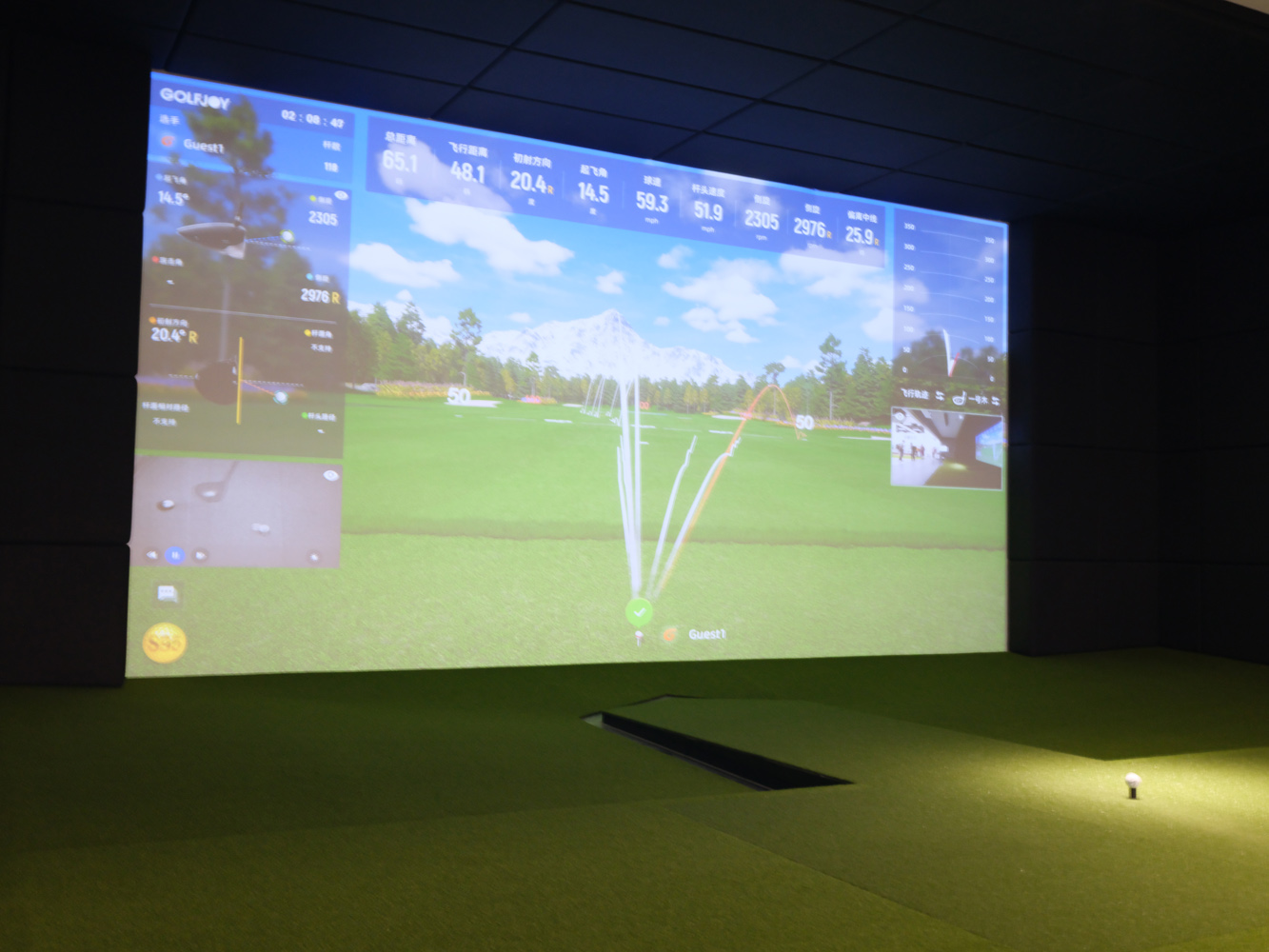
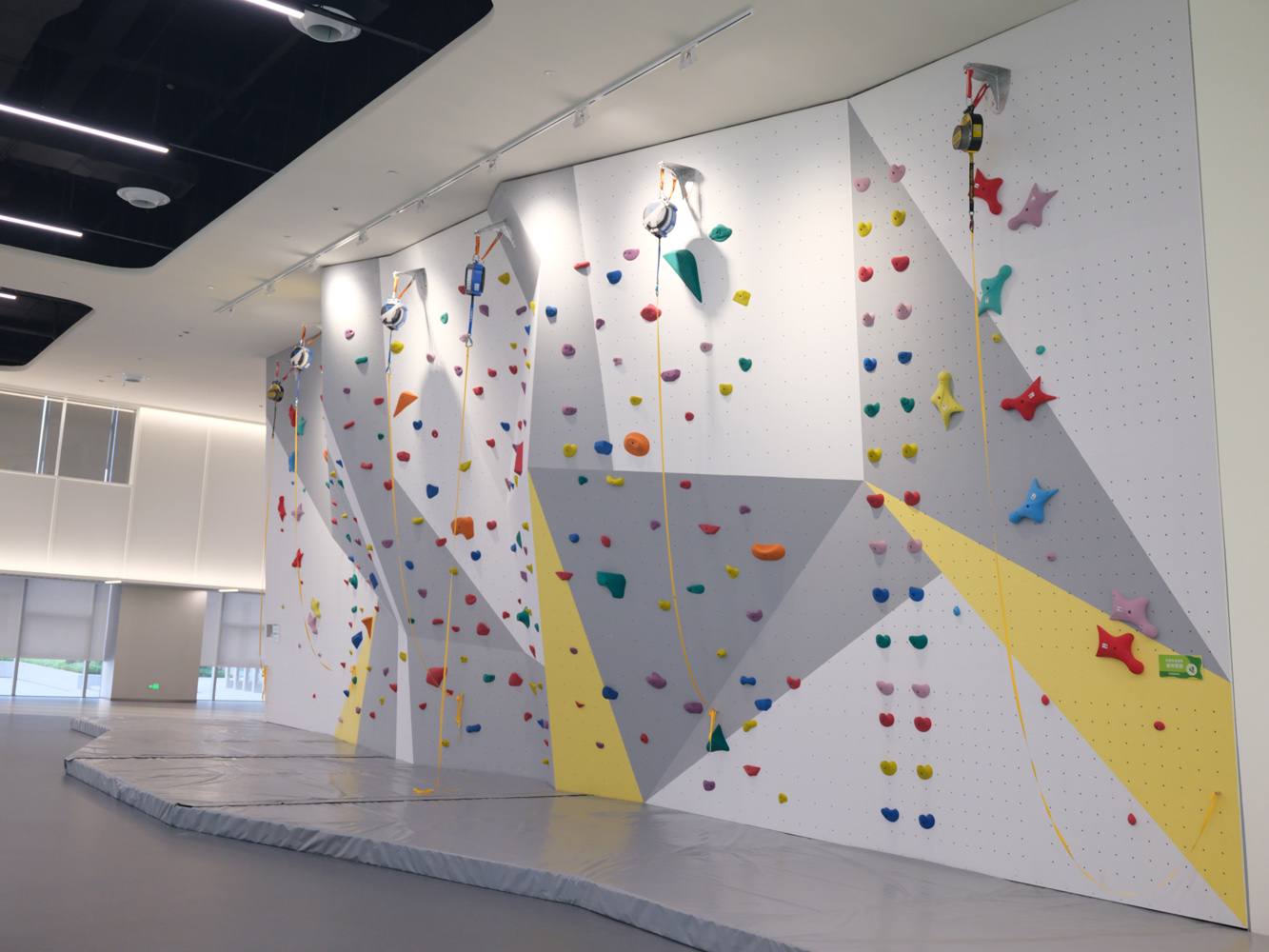
A lot of the kit looked box-fresh, and the running track hadn’t accumulated the many trainer scuffs. Unsurprising, given it had only been open a few months when I visited. So far, so high school gymnasium.
It’s only once I spotted the medical equipment for recording blood oxygenation (SpO2) levels during exercise, and the multiple sets of motion tracking rigs for recording body movements, that I clocked this isn’t just for employee downtime. Each station is here to create baseline figures using the best scientific equipment available; the data analysis team then works out how to match that with what the Watch sensors are able to measure, and crafts fitness algorithms for each specific sport.
Casual fitness fans that aren’t fussed about cycling and boxercise are catered for by the gait analysis station. OnePlus brings in volunteers from all walks of life for these tests, including people with physical disabilities, to help its accelerometers deliver an accurate step count no matter your circumstances. You can bet rivals all have similar setups of varying scale.
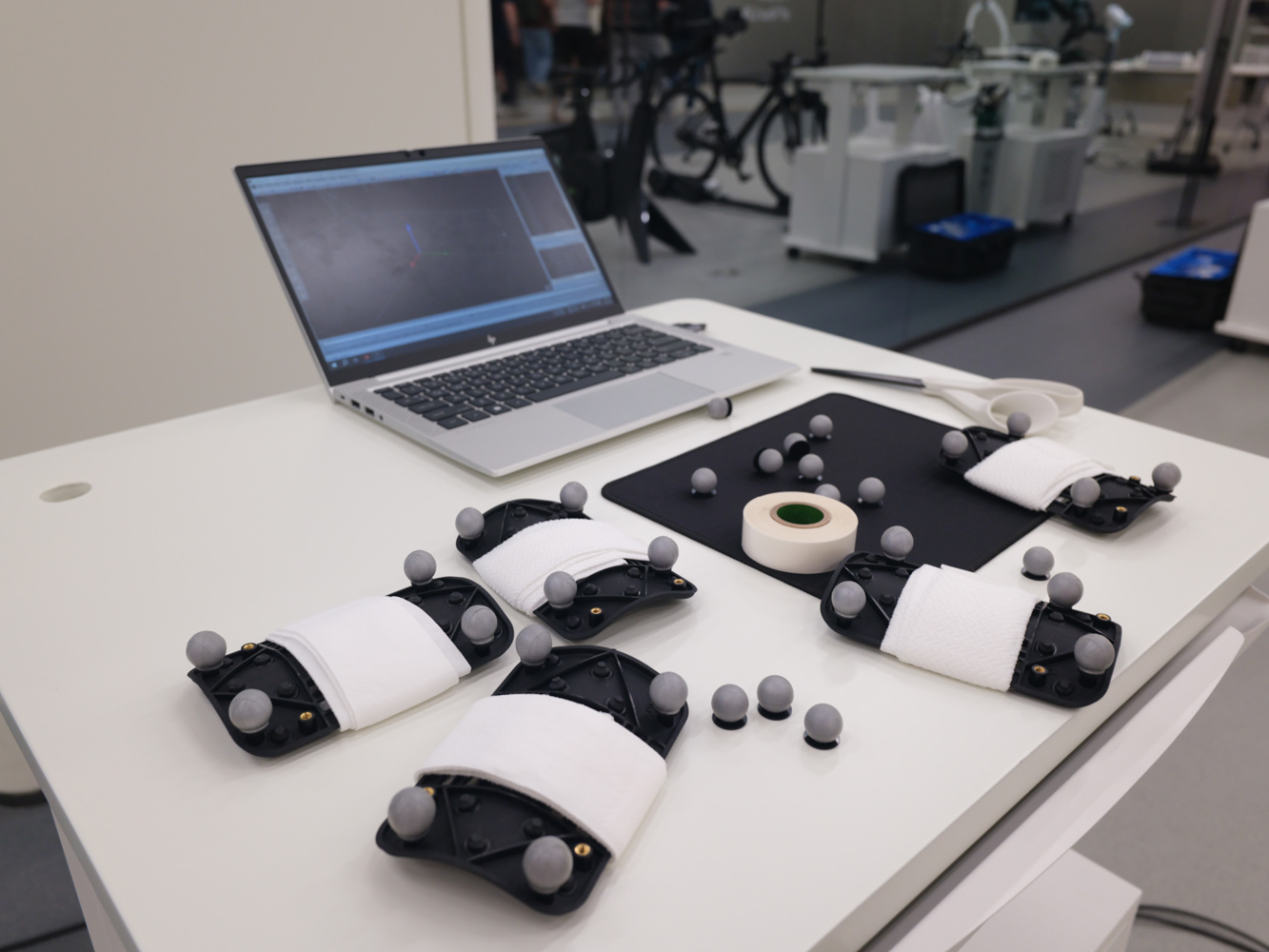
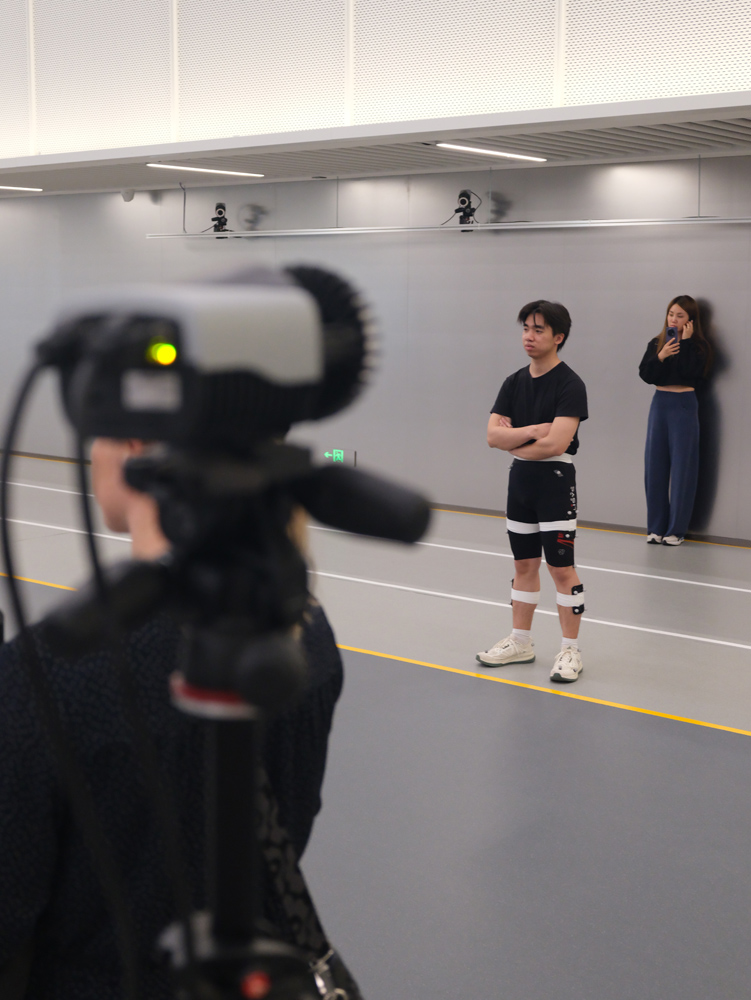
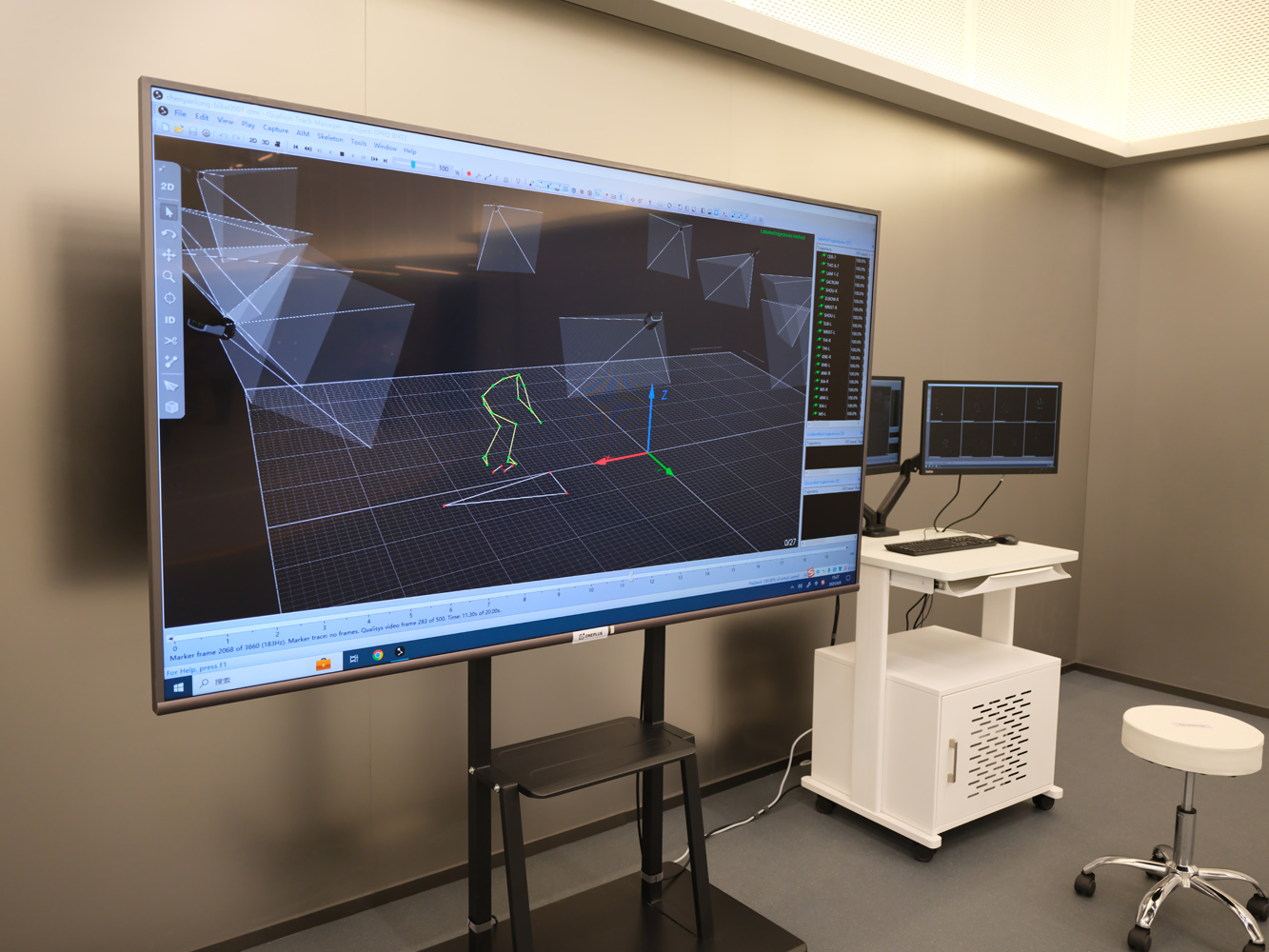
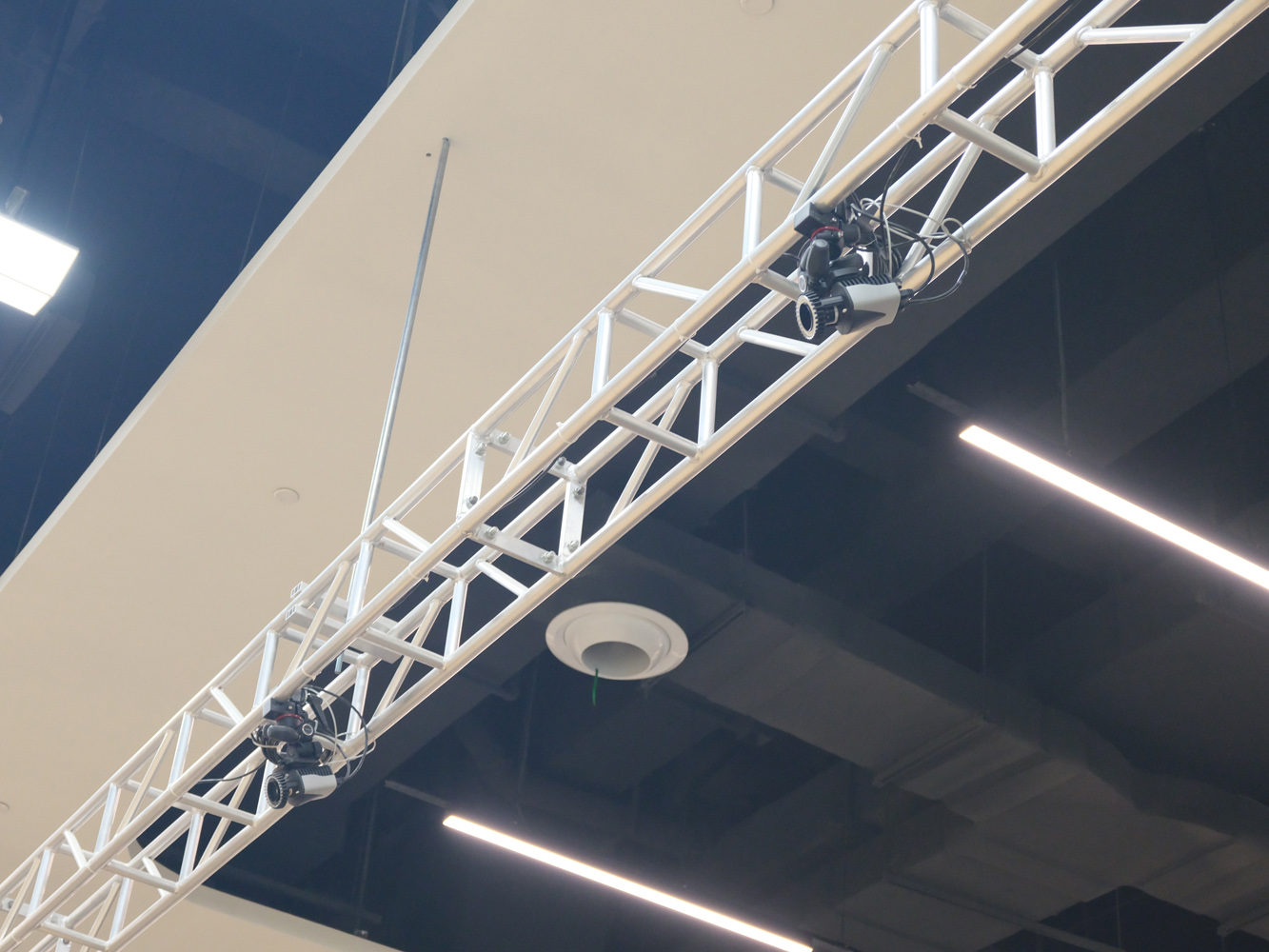
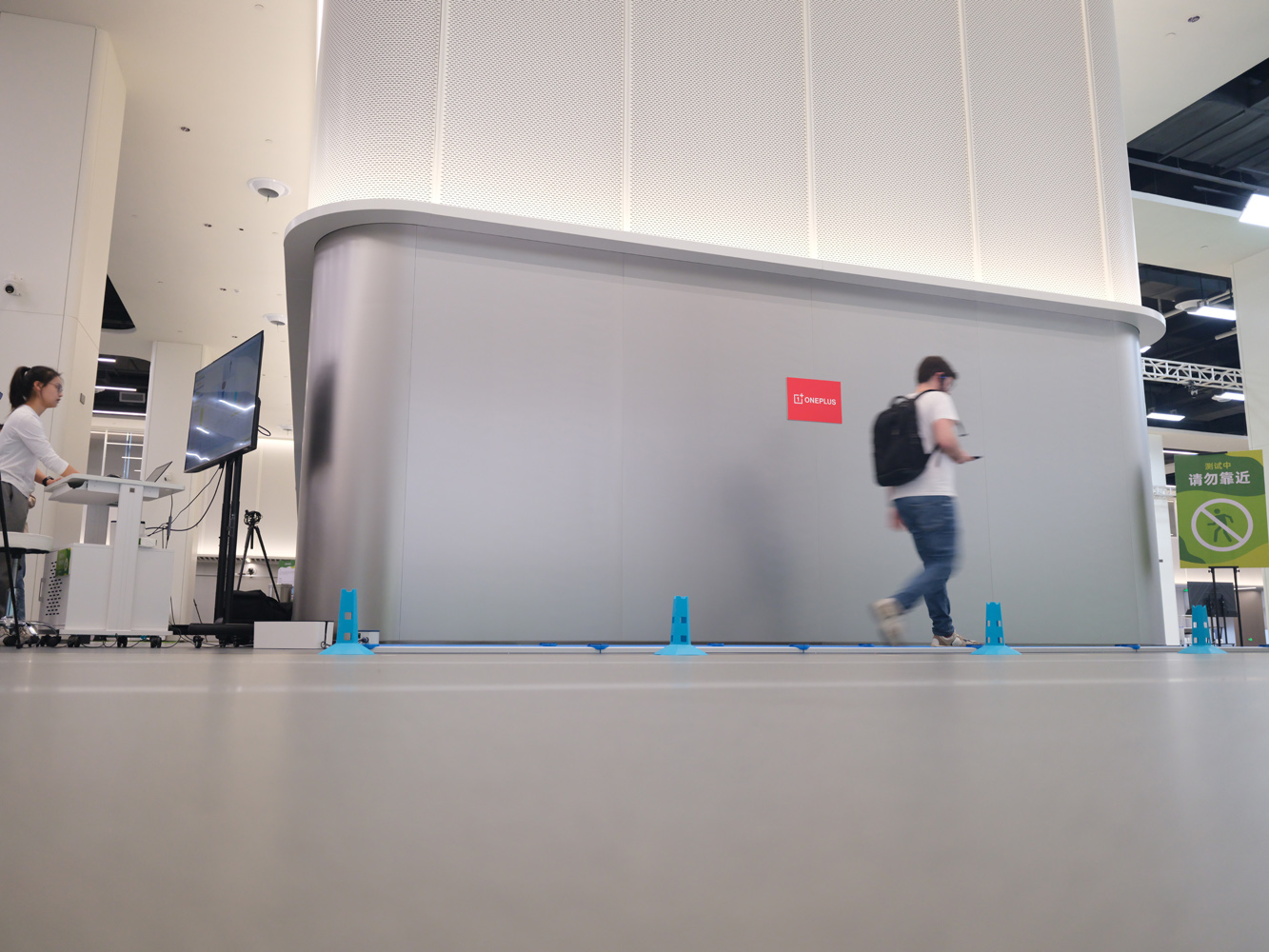
You don’t have to be a gym bunny to work here. The multiple teams (split across hardware, data science and clinical) spend most of their working days coding, researching and in lots of cross-department meetings. The workouts and tests are performed by volunteers brought from outside the business, including a mix of professional athletes and amateurs.
Wednesday afternoons are the exception, Dr. Li tells me. “In the afternoon we go out for running, or badminton, or other sports. This is not so common for other countries. I used to work in the US, we usually had lunch meetings and went right through the day!”
Outside of testing (and when not working up a sweat themselves), the teams spend a lot of their time on the second floor, where things get a lot more scientific.
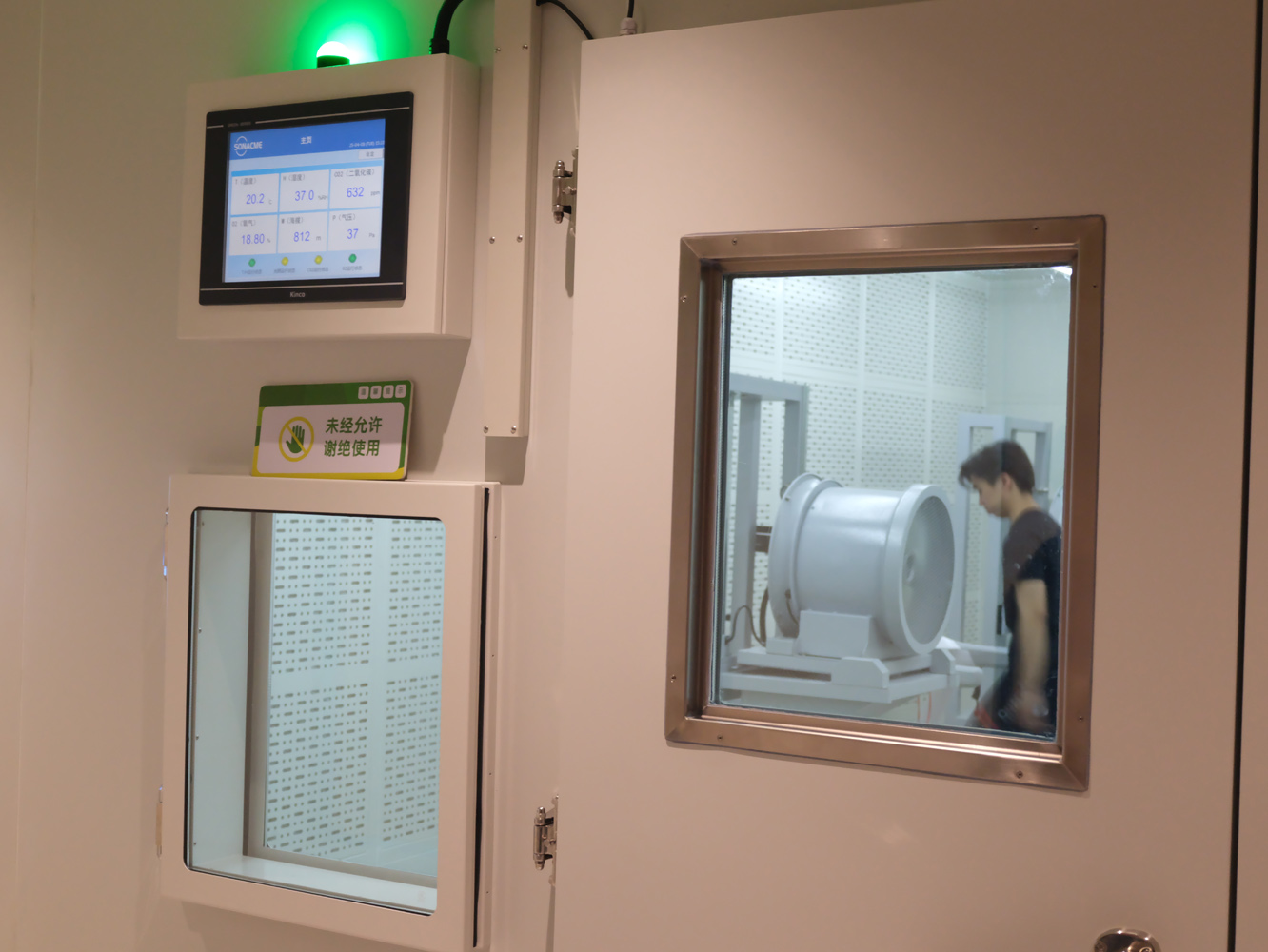
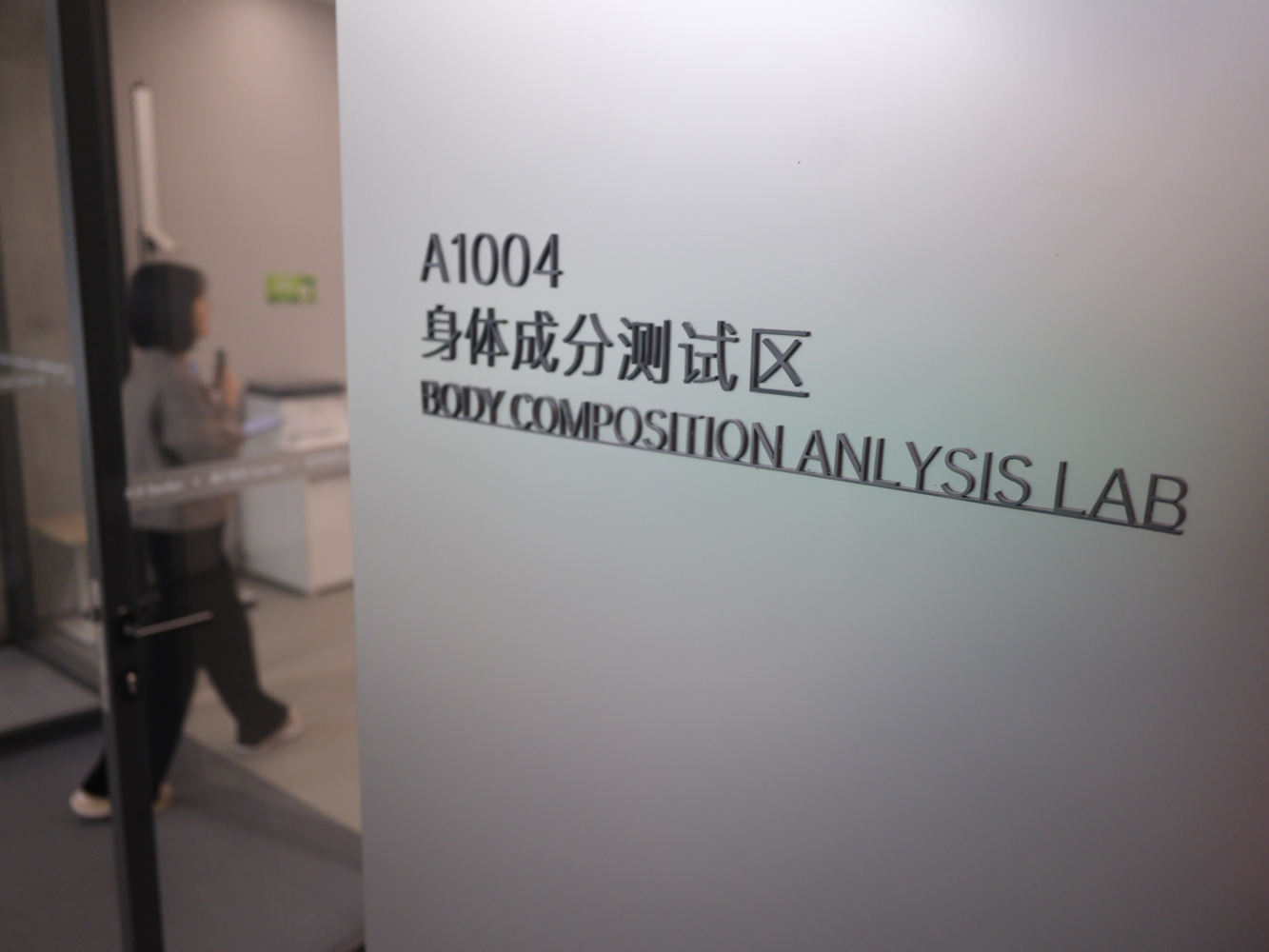
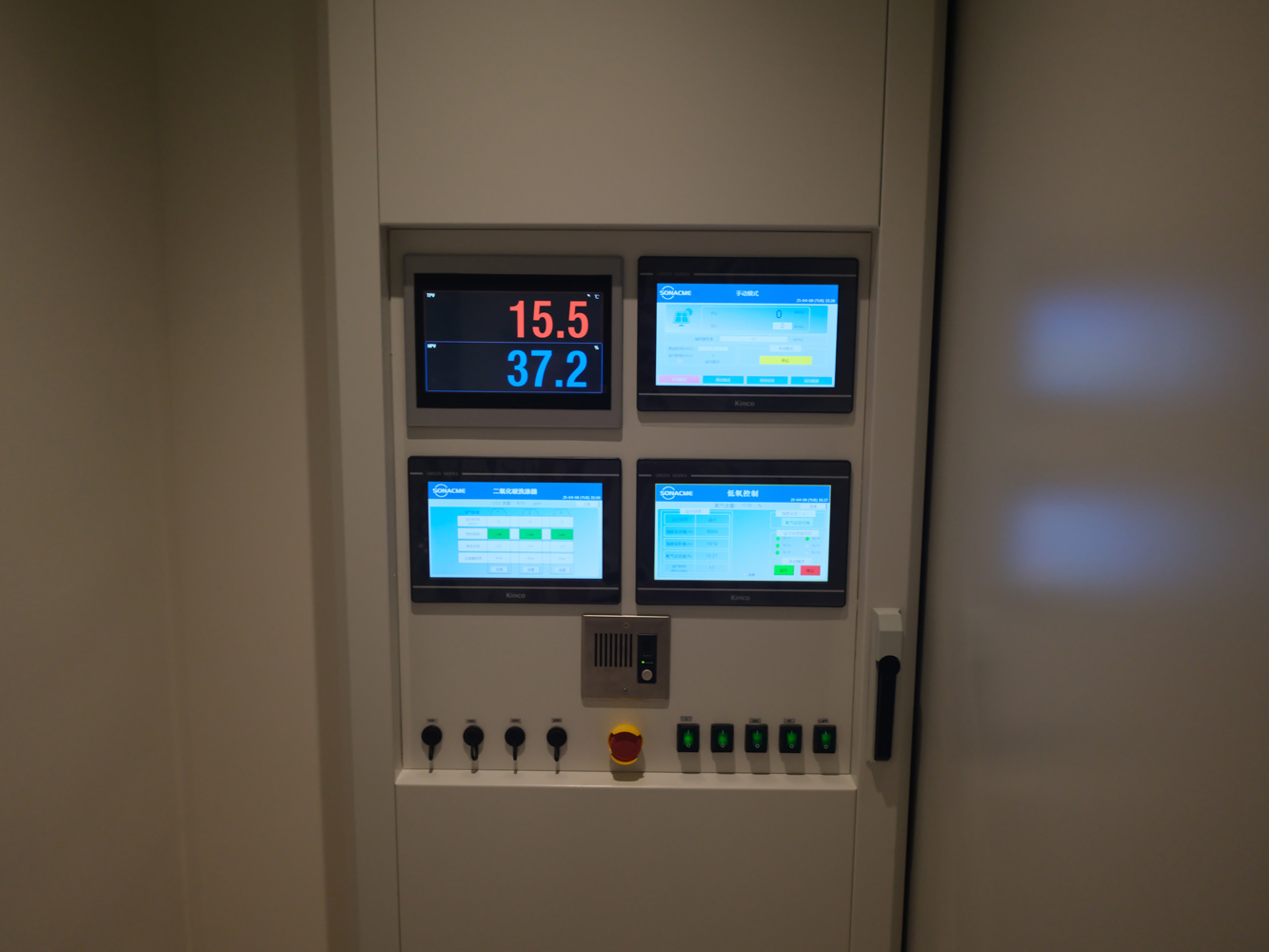
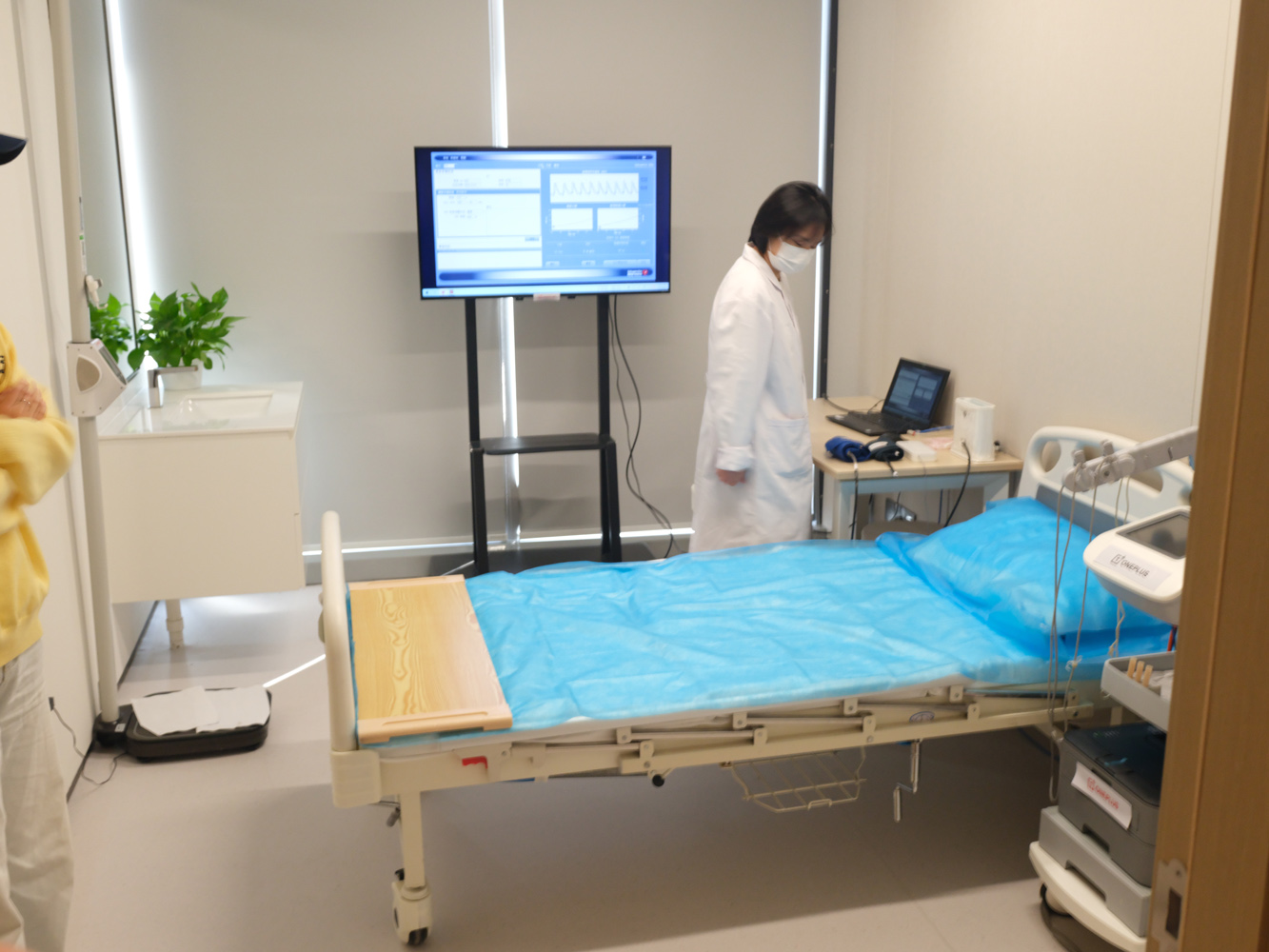
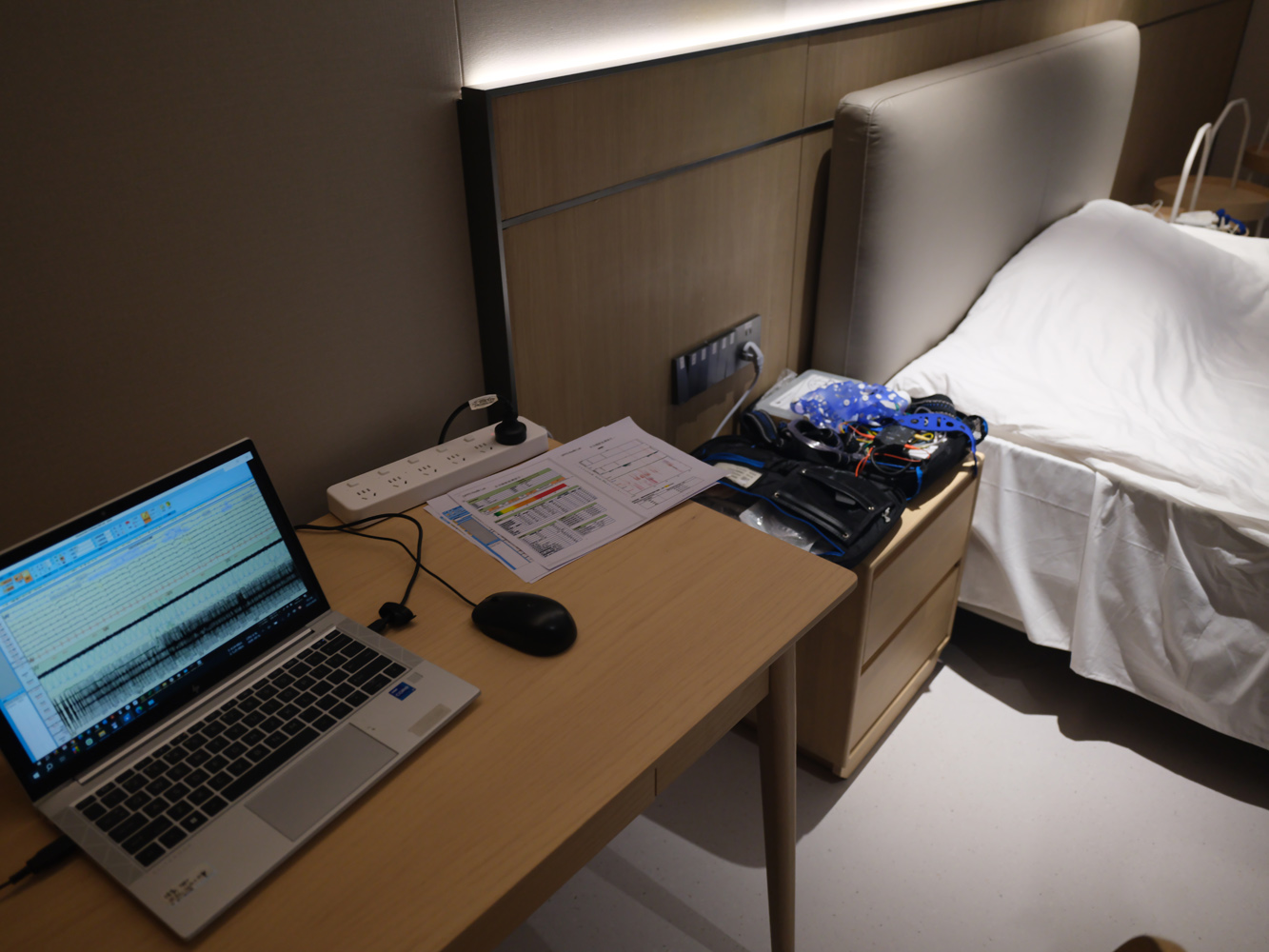
There are medial examination rooms here (complete with waiting room, just like a doctor’s surgery), a hypobaric chamber to test the effects of altitude during exercise, and the sleep lab. Which, before you ask, has been soundproofed so heavy snorers don’t disturb the staff in adjoining rooms trying to get on with their day jobs.
What you won’t find here are rows of OnePlus watches. The Watch 3’s numerous algorithms were all fine-tuned long before it hit mass production, so the Health Lab’s value today is collecting and analysing even more data so the next generation of devices are even more capable.
Not that my visit gave any clues as to what those devices might be – though Dr. Li agreed with me that smart rings have a certain appeal to people who don’t like wearing a watch. Which sports and activities will get the “professional” treatment, like the Watch 3’s Running, Tennis, Cycling, and Skiing modes, are also a mystery, as are what the next health tracking advances will be.
Non-invasive glucose monitoring and cuff-less blood pressure monitoring are seemingly the wearable world’s next to Everests. OnePlus is part of a global blood pressure research programme and has been working with continuous glucose monitoring (CGM) companies, but both would require more lengthy regulatory approvals before you’ll see them in a consumer gadget.
The next big thing might be AI – because your wrist wasn’t going to avoid artificial intelligence forever, was it? Dr. Li envisions an evolution of the ‘recovery time’ metric found on a lot of contemporary fitness watches. Rather than bombard you with data, your watch will suggest going easy on the snacks or a shorter, lighter workout if you’ve had a poor night’s sleep. “The smartwatch should be more like a personal assistant. It should only give you insightful information, not all of it.” We’re still in the early research stages now, though.
That leaves the OnePlus Watch 3 to fly the flag for the Health Lab for the time being. Its much-improved fitness and health tracking suggest the firm’s the €13.5 million (around £11.5m) investment here has already started to pay off.

